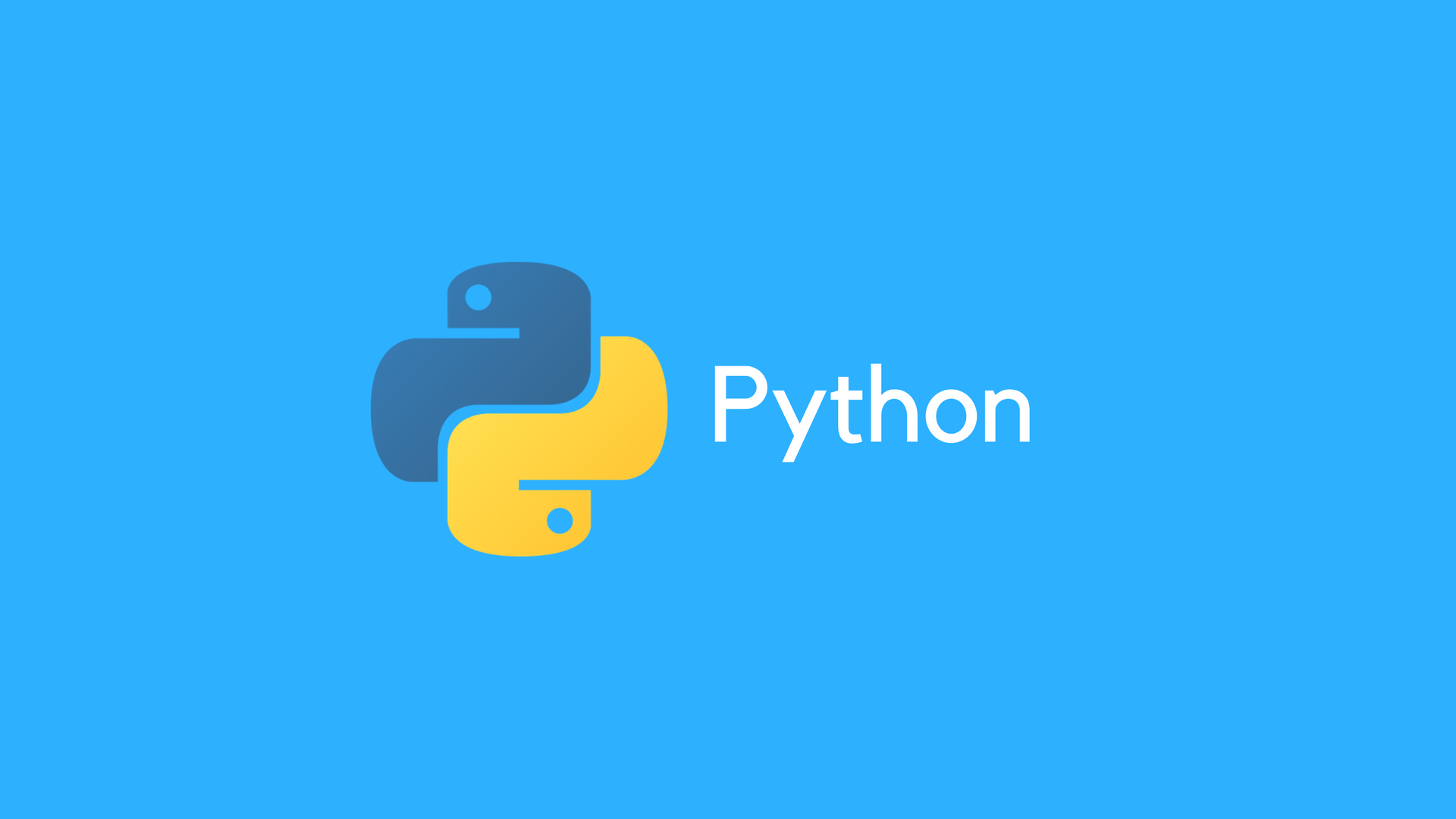
프로그래머스 LV1 키패드 누르기 (카카오 20 인턴십)
프로그래머스 Lv1 키패드 누르기 (카카오 20 인턴십)

접근
왼쪽 라인 [1,4,7]은 왼손이 누르고 오른쪽 라인 [3,6,9]는 오른손이 누른다.
문제는 가운데 [2,5,8,0]인데 이 경우는 더 가까운 손가락이 누르고, 만약 거리가 같다면
오른손잡이는 오른손, 왼손잡이는 왼손으로 눌러주면 된다. 이 부분은 당연히 if else
한 칸당 거리 1이고 대각선으로 움직이는건 배제.
숫자 키패드는 2차원 평면이므로 키패드를 구현해서 indicies하여 거리를 계산해주기로 했다.
list.index()는 1차원에서만 쓸 수 있다. 2d matrix에선 쓸 수 없다.
numpy를 사용하면 쉽게 구할 수 있다.
numpy.where()를 사용하여 요소의 인덱스를 불러올 수 있다.
풀이
#내 풀이
import numpy as np
def solution(numbers, hand):
answer = ''
# 키패드 2차원 배열로 설정. 인풋 number에 #와 *는 없으므로 계산의 편의를 위해 그냥 10 = #, 11 = *로 대체
key_pad = np.array([[1,2,3],
[4,5,6],
[7,8,9],
[10,0,11]])
#왼손 오른손 시작점 설정
left_idx = np.where(key_pad == 10)
right_idx = np.where(key_pad == 11)
#for loop 으로 numbers 에서 하나씩 꺼내서 위치 인덱스 찾고 왼손 오른손 시작점 비교
for number in numbers:
#number 의 인덱스 구하기
number_idx = np.where(key_pad == number)
#1,4,7일떈 왼손으로 누르기
if number == 1 or number == 4 or number == 7:
left_idx = number_idx
answer += "L"
#3,6,7 일땐 오른손으로 누르기
elif number == 3 or number == 6 or number == 9:
right_idx = number_idx
answer += "R"
#왼손, 오른손과의 숫자와의 거리 구하기
else:
left_dis = sum(np.abs(number_idx[0] - left_idx[0]), np.abs(number_idx[1] - left_idx[1]))
right_dis = sum(np.abs(number_idx[0] - right_idx[0]), np.abs(number_idx[1] - right_idx[1]))
#거리비교하고 작은 값을 answer=""에 넣은 후에 시작점 바꾸기
if left_dis > right_dis:
answer += "R"
right_idx = number_idx
elif left_dis < right_dis:
answer += "L"
left_idx = number_idx
else: # 거리가 같을 때 왼손잡이인지 오른손잡이인지 판단해서 하기
if hand == "right":
right_idx = number_idx
answer+= "R"
else:
left_idx = number_idx
answer+= "L"
return answer
print(solution(numbers, hand))
numpy.where()함수 정리
numpy.where(condition[, x, y])
조건에 따라 x또는 y에서 선택한 요소들을 리턴한다.
Parameters: condition : array_like, bool
condition이 Ture 면 X, False면 Y를 선언.
x, y : array_like
x,와 y, condition은 브로드캐스팅이 가능한 shape 여야 한다.
Returns: out: ndarray
condition이 True일때 X, False일때 Y인 요소들로 하나의 array를 리턴한다.
note
만약 array 가 1-D라면 where는 아래와 같다:
[xv if c else yv
for c, xv, yv in zip(condition, x, y)]
예시
>>> a = np.arange(10)
>>> a
array([0, 1, 2, 3, 4, 5, 6, 7, 8, 9])
>>> np.where(a < 5, a, 10*a)
array([ 0, 1, 2, 3, 4, 50, 60, 70, 80, 90])
a < 5가 True면 a를 선언하므로 4까지는 그대로이고, 5부터는 False이므로 10*a를 선언한다.
다차원 어레이에서도 가능하다:
>>>np.where([[True, False], [True, True]],
[[1, 2], [3, 4]],
[[9, 8], [7, 6]])
array([[1, 8],
[3, 4]])
True이므로 x 즉 1, False이므로 8, True이므로 3, True이므로 4로 구성된 어레이를 리턴
x,y 그리고 condition의 shape는 같이 브로드캐스트 된다.
x, y = np.ogrid[:3, :4]
np.where(x < y, x, 10 + y) # both x and 10+y are broadcast
array([[10, 0, 0, 0],
[10, 11, 1, 1],
[10, 11, 12, 2]])
a = np.array([[0, 1, 2],
[0, 2, 4],
[0, 3, 6]])
np.where(a < 4, a, -1) # -1 is broadcast
array([[ 0, 1, 2],
[ 0, 2, -1],
[ 0, 3, -1]])
출처: 프로그래머스 코딩 테스트 연습, https://programmers.co.kr/learn/challenges